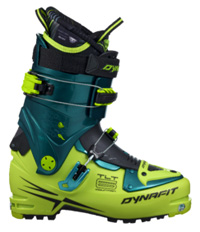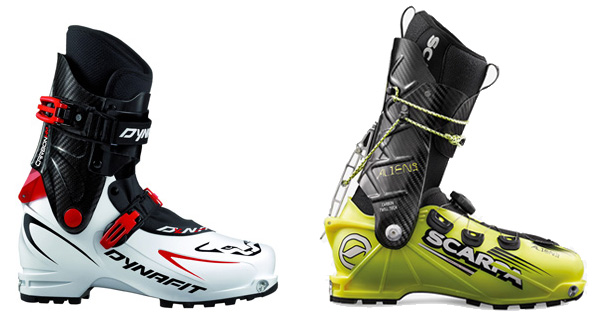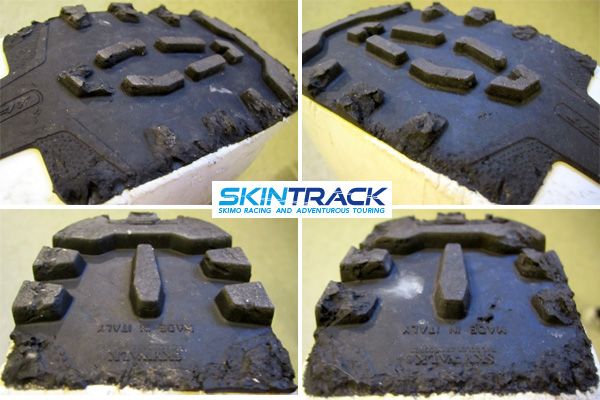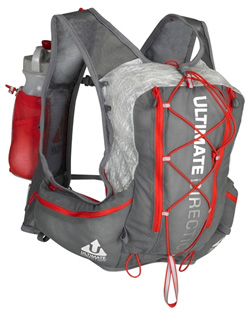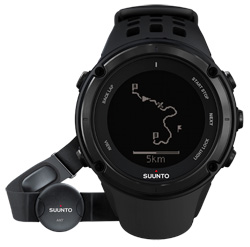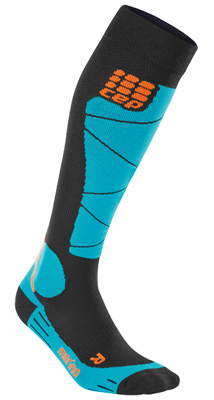 Quick overview:
Quick overview:
- Usual full price: about $69.00 CAD
- Weight: about 90 g / pair
- Pros: Fit, Function, Comfort, Odor free
- Cons: Slightly warm on warm days
- Suitability: Ski touring, skimo racing, downhill skiing
Bottom line:
Very functional and a very well manufactured piece of gear, little not to like.
Product description and How we tested it:
CEP Compression is known for being one of the best (if not the best) manufacturers of compression products in the world. History of this German brand dates back a couple of decades and quality of their experience comes from healthcare compression garments manufacturing.
CEP describes these Progressive Merino socks as having “clever combination of merino wool and water-repellent synthetic fibers for perfect heat and moisture management” which I found very true, except, my calves felt a bit too warm when I ski toured in them in balmy weather (above zero Celsius) we had this February and March. For such weather, I prefer a much lower or a thinner sock.
As for compression, CEP claims optimum performance and recovery, stability for muscles and joints, and improved coordination. Before trying out these socks, I tried another two brands (Asics and Dynafit) which made me skeptical about the whole compression for performance thing. I do feel (and I believe) that compression socks help me with recovery, especially, if I need to sit or stand for longer periods of time after a hard workout. However, the performance benefit was always lost on me as I never felt comfortable with the pressure around my calves while skiing or running, it felt like too much after about 2h of touring.
The CEP ski socks feel way more comfortable than the other two I tried and my calves feel fresher afterwards, but I cannot say the compression is “helping” or “optimizing” my performance. I would define it more like this – if my feet, shins and calves feel comfortable, dry and happy even after 6-7 hours of ski touring in various conditions then I do like such socks a lot.
Another detail that I think makes these socks great are padded zones or panels that are definitely at the right places, and the fact that they are all blended together with flat seams, thus, providing a nice fit.
Important: As with any other compression garments, make sure to choose the right size for you as that will greatly impact your experience. CEP provides sizing charts on their websites so you won’t have any problems with that.
Pros:
- Everything a ski sock should be.
- Heat and moisture management.
- Fit and comfort.
- The socks are quite odor-free even after 2-3 days of continuous use.
Cons / What can be improved about this product:
- If your lower leg never really gets cold then these might be a bit too warm for you for spring touring (around and above zero Celsius).
Product Specs:
- Materials: 67% polyamide, 23% wool (merino), 10% spandex
- Sizing: Men’s, Women’s, sizes 2-5
Online stores that carry CEP Compression Ski Socks:
- $69.99 CAD from CEPcompression.ca (skiing thermo socks model)
- $69.99 CAD from CEPcompression.ca (race skiing socks)
- $65.00 USD from CEPcempression.com (the reviewed model)


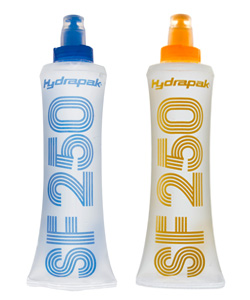 Hydrapak SoftFlask quick overview:
Hydrapak SoftFlask quick overview:
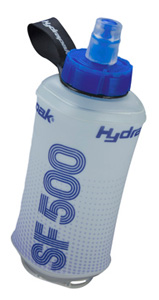 These flasks are also useful for similar length running races and fit well in a vest pocket or just as a handheld. Once you finish the flask, crumple it up and stick it in your shorts pocket.
These flasks are also useful for similar length running races and fit well in a vest pocket or just as a handheld. Once you finish the flask, crumple it up and stick it in your shorts pocket.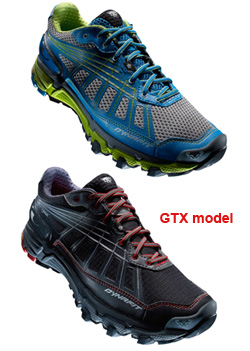 Usual full price: around $140.00 USD and $160.00 for GTX version
Usual full price: around $140.00 USD and $160.00 for GTX version
